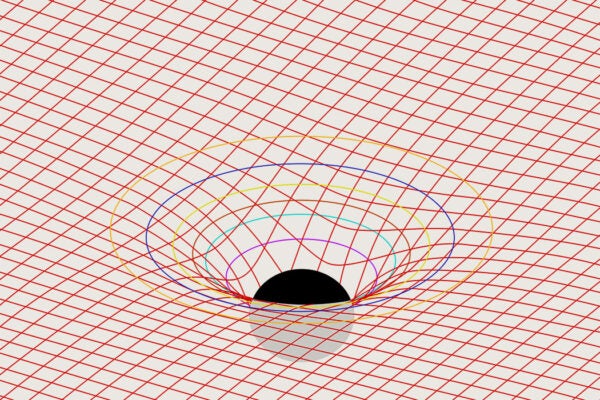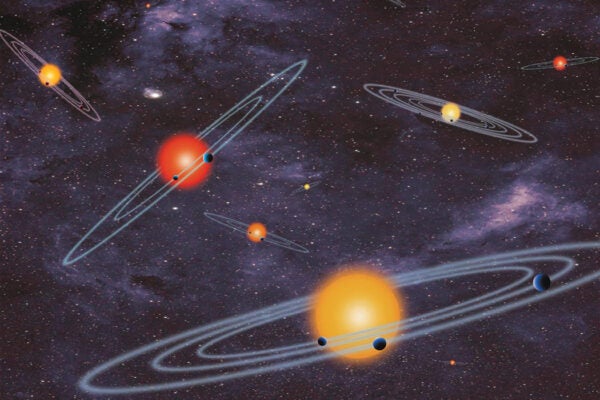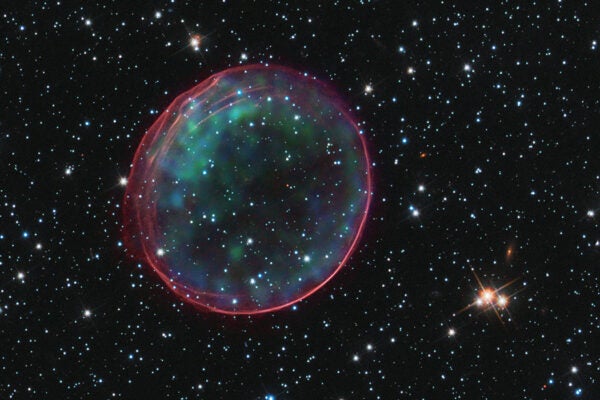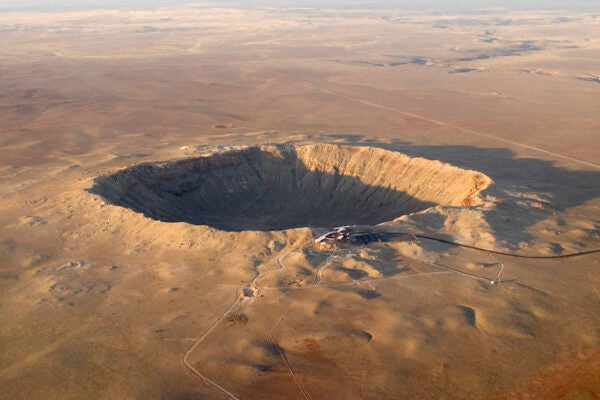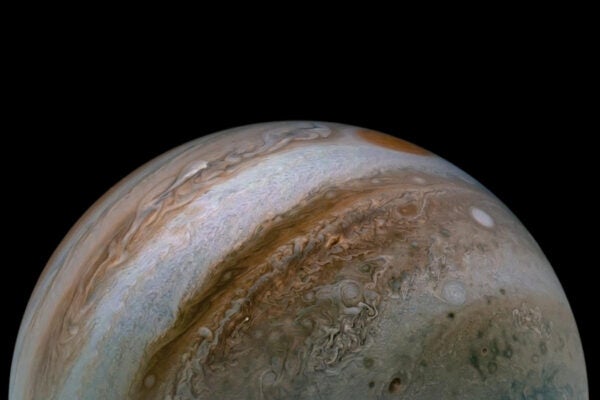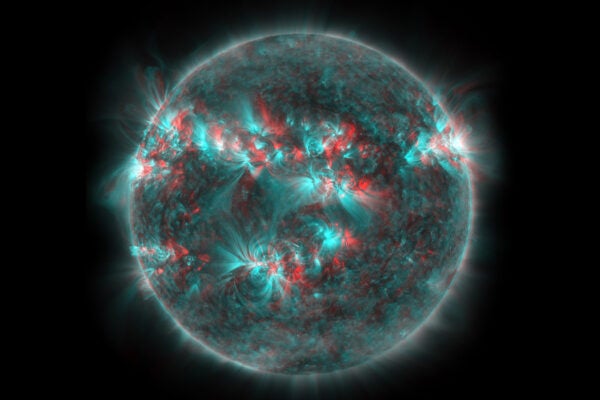When Gravity Sucked, According to the Plutocrats
After Einstein’s general theory of relativity was proven during a 1919 solar eclipse, quantum and nuclear physics pushed it aside to hog the limelight.
To Find a New World, Watch How a Planet Dances with Its Star
Finding a tiny planet around bright stars dozens or hundreds of light-years from Earth is extremely difficult.
How Mars Lost Its Magnetic Field—and Then Its Oceans
Chemical changes inside Mars's core caused it to lose its magnetic field. This, in turn, caused it to lose its oceans. But how?
Explaining GRB 221009A, the Greatest Cosmic Explosion Humanity Has Ever Seen
The brightest gamma-ray burst ever observed, GRB 221009A behaved in unexpected ways that might help us understand how they occur.
The Eight Best Hidden Impact Craters on Earth
Many impact craters on Earth have been erased thanks to wind, water, and plate tectonics. But scientists have clever ways to find them.
Could You Stand on the Surface of Jupiter? Exploring the Enigmatic Outer Planets
The outer planets’ clouds hide the weirdness within.
How Plate Tectonics Shook Life into Existence
The cycles of life all rely on the dynamism of the Earth’s crust.
The Carrington Event of 1859 Disrupted Telegraph Lines. A “Miyake Event” Would Be Far Worse
We don't know what causes Miyake events, but these great surges of energy can help us understand the past—while posing a threat to our future.
